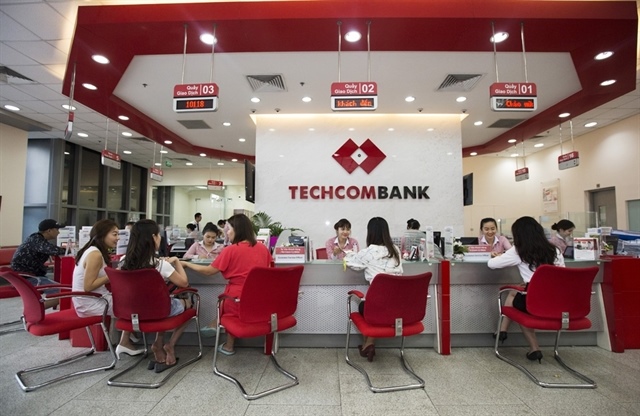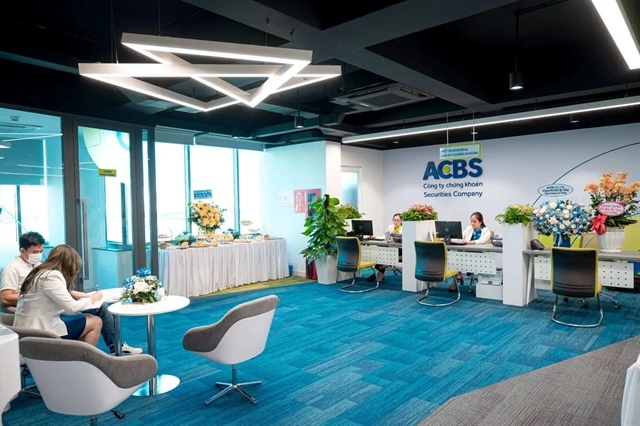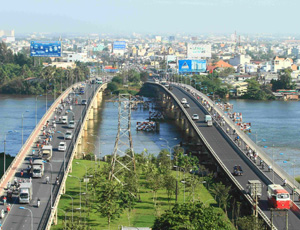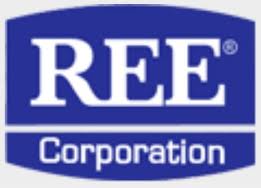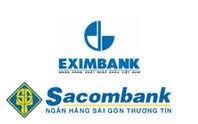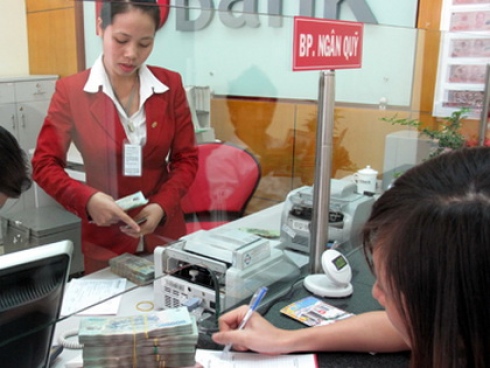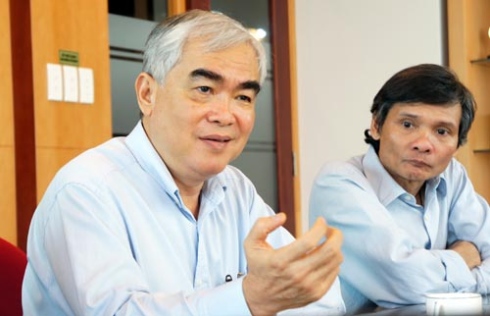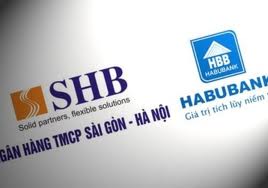S&P lowers Vinacomin rating to 'B+'; outlook stable
S&P lowers Vinacomin rating to 'B+'; outlook stable
Overview
-- Vinacomin's financial risk profile is weakening due to the company's large capital spending and the declining profitability of its coal operations.
-- We are lowering our long-term corporate credit rating on the Vietnam-based mining company to 'B+' from 'BB-' and the stand-alone credit profile to 'b+' from 'bb-'.
-- We are also affirming our 'axBB' long-term ASEAN regional scale rating on Vinacomin.
-- The stable outlook reflects our expectation that Vinacomin's financial risk profile will stabilize at weaker levels over the next two years.
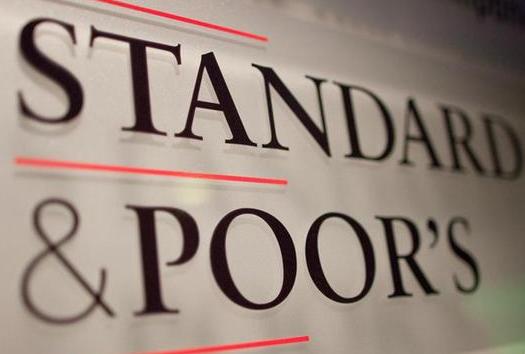
Rating Action
On Nov. 22, 2012, Standard & Poor's Ratings Services lowered its long-term corporate credit rating on Vietnam-based Vietnam National Coal and Mineral Industries Holding Corp. Ltd. (Vinacomin) to 'B+' from 'BB-'. The outlook is stable. At the same time, we affirmed the 'axBB' long-term ASEAN regional scale rating on the company.
"The downgrade reflects our expectation that Vinacomin's financial risk profile will weaken due to the company's large capital spending and the declining profitability of its coal operations," said Standard & Poor's credit analyst Xavier Jean.
In our base case, we expect Vinacomin's debt-to-EBITDA ratio to climb to more than 4.0x and its ratio of funds from operations (FFO) to debt to decline to about 15% over the next two years from 2.8x and 24%, respectively, in 2011.
These levels are more consistent with a 'B+' rating. We lowered the company's stand-alone credit profile to 'b+' from 'bb-'.
We anticipate that Vinacomin will spend Vietnamese dong (VND) 10 trillion-VND11 trillion (about US$500 million) a year in 2012, 2013, and 2014 to complete its power, alumina, and non-coal minerals greenfield projects, and expand coal production. Our capital spending forecasts are lower than the VND15 trillion-VND20 trillion that Vinacomin originally expected to spend annually over this period. This is because we factor in potential delays in project disbursement and the discretionary nature of some of the company's mineral expansion capacity. Still, we believe Vinacomin will continue to have negative free operating cash flows at least until 2014 and will raise debt to fund its investments.
At the same time, we expect Vinacomin's coal operations to be gradually less profitable and cash flow generative over the next two years. This is because the company sells a higher proportion of coal to the domestic market at below-market prices. We forecast annual EBITDA at about VND10 trillion–VND12 trillion in 2013 and 2014. We project FFO at about VND7.5 trillion-VND9 trillion annually until 2014.
We expect the contribution of Vinacomin's power project to cash flows to grow over the next three years as the company expands capacity. Nevertheless, we still anticipate that coal production will represent more than 75% of the company's profits until 2014 at least. We do not forecast a significant contribution from Vinacomin's alumina and non-coal mineral projects until 2014 because most of these are still in the commissioning or ramp-up stage.
Vinacomin's EBITDA and cash flows for the second half of the year are likely to remain weak following the decline in coal prices since May 2012.
"The stable outlook reflects our expectation that Vinacomin's financial risk profile will stabilize at weaker levels over the next two years," said Mr. Jean.
We may downgrade Vinacomin if the company's credit measures or liquidity deteriorate due to delays or cost over-runs in its debt-funded expansion, adverse regulatory developments, or a further fall in coal prices. A FFO-to-debt ratio below 10% on a sustained basis would indicate such deterioration. This could materialize if: (1) a higher proportion of sales to the domestic market or further weakening of export coal prices results in a gross profit before depreciation and amortization per ton of coal sold falling below US$12 for more than 12 months, while total sales volumes are below 44 million tons; or (2) the company's capital spending significantly exceeds our expectations over the next two years.
The probability of a positive rating action is remote, in our view, given our expectations of negative free operating cash flows for the next two years at least, and weaker margins on the coal operations. Yet, we may revise the outlook to positive or upgrade Vinacomin if the company's FFO-to-debt ratio improves to over 25% for more than 18 months. This could materialize if: (1) the gross profit before depreciation and amortization per ton of coal sold sustains at more than US$20 while sales volumes increase to more than 46 million tons for at least 12 months; or (2) Vinacomin's capital spending is substantially below our expectations.
Standard & Poor's



